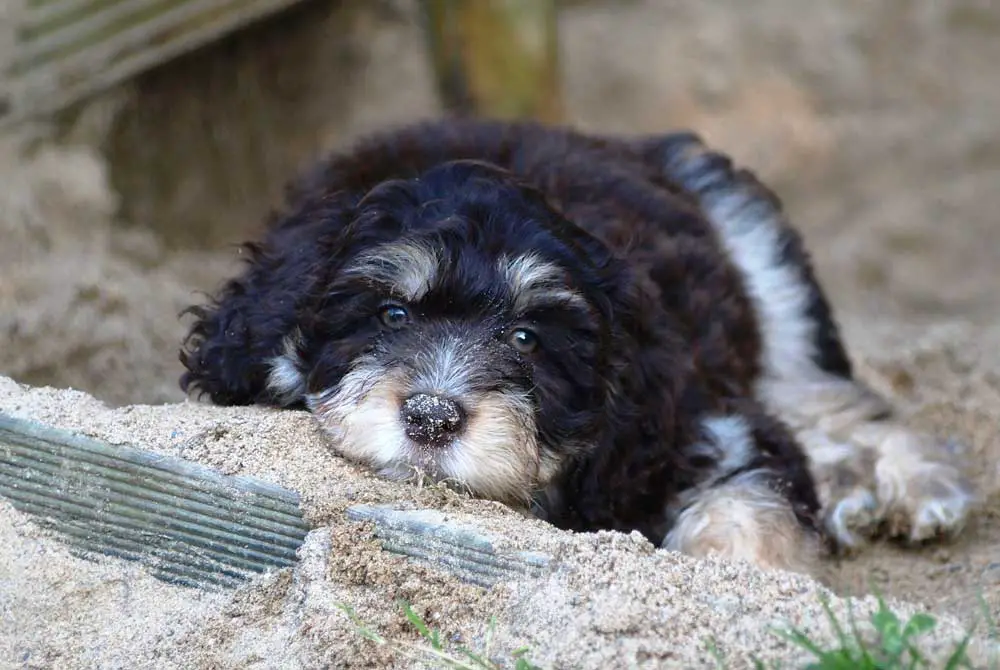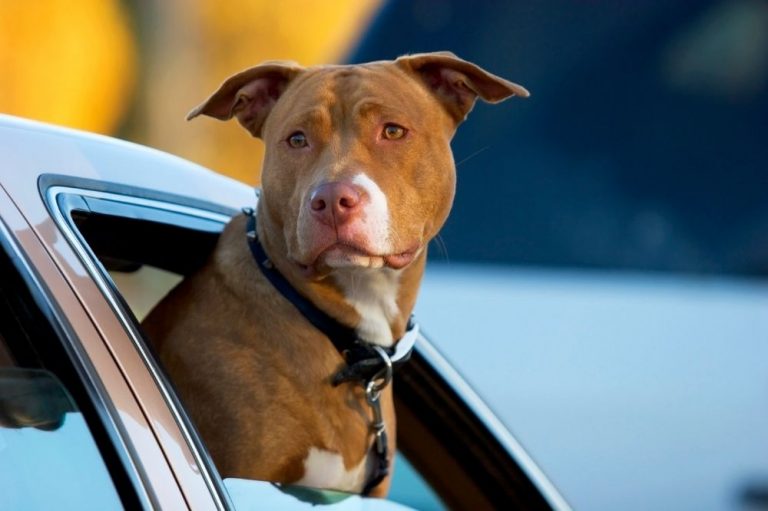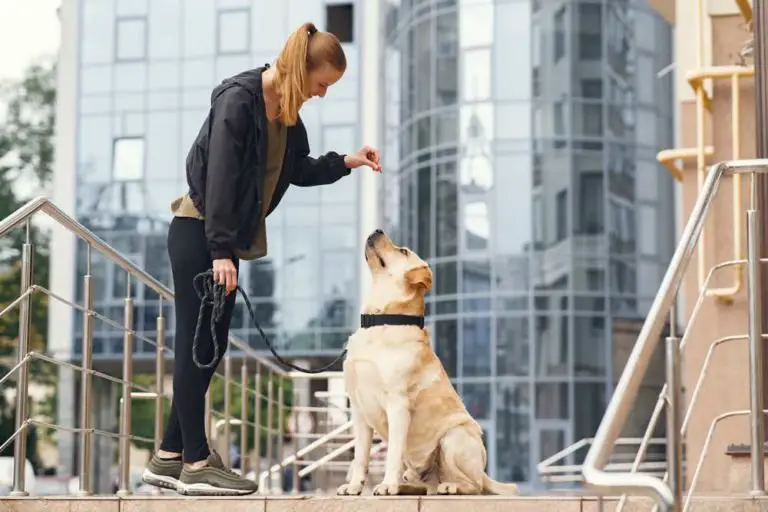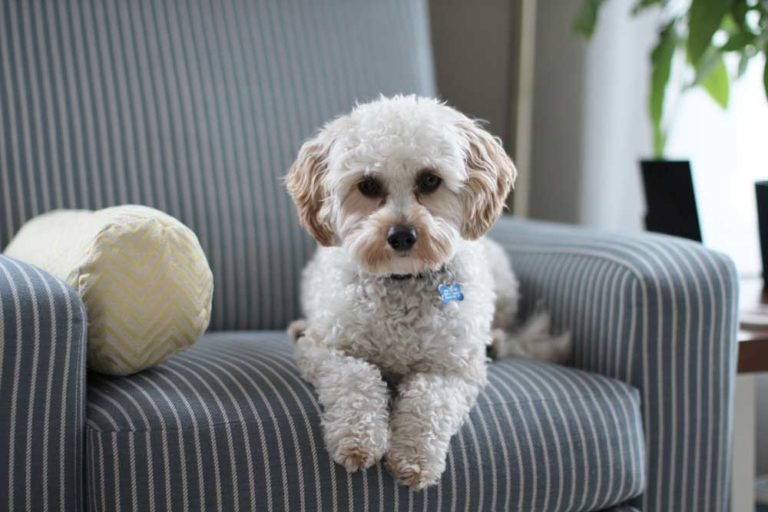Are Aussiedoodles Hypoallergenic
Aussiedoodle is a cross between an Australian Shepherd and a Poodle. They are very popular as family dogs in the United States. Do you wonder what makes Aussiedoodles great family dogs? The first reason obviously is their cuteness. But, you should know that both Australian Shepherd and Poodle are intelligent breeds, and a cross between them definitely produces a better one. Aussiedoodles are also playful, affectionate, and easy to train. What else do you look for in a family dog? What about Aussiedoodle’s shedding habits?
Aussiedoodles are known to be a hypoallergenic breed. And obviously, their low or no shedding habits is one of the important reasons for their wide popularity as a family dog. The hypoallergenic characteristic of Aussiedoodles actually comes from Poodle, one of its parent breeds. However, most Aussiedoodles are not off from shedding, some of them do, but much lesser than other breeds.
Do you want to know more about Aussiedoodle? Before going deeper into the breed characteristics, let us understand why you should choose a hypoallergenic dog breed.
What Does Hypoallergenic Dog Breed Mean?
The term Hypoallergenic is usually used to refer to products that are unlikely to cause an allergic reaction.
The breeds of dogs with no or less shedding habits are marketed as Hypoallergenic dogs. But this doesn’t assure that they don’t cause any allergic reactions. Hypoallergenic dogs only shed a little, and therefore, the chances for allergic reactions is comparatively less when compared with other dog breeds.
Actually, no dog breed is completely hypoallergenic. Hypoallergic dogs mean they shed less hair. But, the chances for allergic reactions are not 100% ignored. The allergic reactions from dogs not only occur from their fur but saliva and dander too.
Hypoallergenic dogs make perfect family dogs because they shed less. And therefore, it is comparatively easier to maintain them at the interiors of home as they won’t spoil your beds and rugs with their fur. So, they don’t mess up your home as other dog breeds would.
The top hypoallergenic dog breeds available in the market are Bichon Frise, Poodle, Maltese, Scottish Terrier, and Aussiedoodle.
Why Should You Choose A Hypoallergenic Breed?
Hypoallergenic dogs make perfect family dogs. Do you know why? Obviously, because they shed less hair. But how is it going to benefit you?
Hypoallergenic dogs are the best choice if you have someone at home with Asthma. These kinds of dogs are relatively safer for asthma patients who can’t pet most of the dog breeds. The normal dog breeds shed hair at a higher rate and may trigger breathing problems in asthma patients. The less or no shedding habits of hypoallergenic dogs relatively reduce the risks for seizures.
Hypoallergenic dogs reduce the risk of allergic reactions caused by dog hair. Therefore, if you are stepping back from petting dogs scaring their shed habits, hypoallergenic dogs are designed to rescue people from such fears.
Dogs with less or no shedding habits are the perfect choice if you are living in an apartment and plans to take them to the interiors. The maintenance of hypoallergenic dogs is much easier due to their no or less shedding habits. Hypoallergenic dogs don’t leave fur everywhere they go. Therefore, you don’t have to constantly clean up the spaces to get rid of dog hair.
You can cuddle up with your hypoallergenic dog on comfy sofas or take them on to the bed without any regrets.
Hypoallergenic Traits Of Aussiedoodles
Aussiedoodles are a cross between Australian Shepherd and Poodle. The origin of hypoallergenic traits of Aussiedoodles comes from the genes of Poodle.
The Poodle is one of the most popular hypoallergenic dog breeds. The fur coat of the Poodles don’t shed much and has low dander. These features make them a perfect choice of hypoallergenic dog breed. Poodles come in a variety of sizes and are Aussiedoodles.
Aussiedoodles have inherited curly coats from Poodles, and this factor definitely contributes to Aussiedoodle’s hypoallergenic characteristics.
However, Aussiedoodles is a cross between the Australian Shepherd and Poodle. Australian Shepherds have a straight and fluffy coat that sheds. And, Poodles have a non-shedding tight and curly fur coat. Therefore, the hypoallergenic characteristics of Aussiedoodles vary greatly depending upon the traits they acquire from the parent breeds.
If your Aussiedoodle possesses a tight curly fur coat, of course, it has inherited its coat characteristics from the Poodle parent. That means Aussiedoodles with tight curls shed less as Poodles. Most of the shed hair gets trapped inside the curls and they don’t shed much, but you have to brush it off daily.
If your Aussiedoodle possesses a wavy hair coat, it might have acquired its coat characteristics from the Australian Shepherd parent. And, a wavy coat shed slightly more hair than the curly one.
Most breeds of dogs have seasonal shedding habits. But Aussiepoodle is an exception. They don’t blow out their hair in large amounts in a particular season. Also, unlike other breeds of dogs, the shedding habits of Aussiepoodles don’t get worse as they age. Hence, we can say that Aussiedoodle is a dog breed that maintains comparatively lower shedding habits throughout its life.
How To Groom Aussiedoodles?
Most Aussiedoodles acquires fur coat from their Poodle parent. You have to constantly groom and trim Aussiedoodle’s fur coat just like you do with Poodles.
You should brush your Aussiedoodle’s fur coat at least once a week. The Aussiedoodles must be bathed once in two or three days as their coat stick on to dirt easily. You would also require to trim the hair once in two or three months to maintain their low shedding habits.
The grooming should be on time, especially if your Aussiedoodle has inherited curly hair. You would need to brush the hair daily to avoid knotting and matting of curly hair.
Some Tips To Reduce The Allergic Reactions From Dogs
- Dander in the fur coat of dogs triggers allergic reactions. Brush or comb your dog’s hair daily to get rid of the excess dander.
- Bath your dog every day to maintain low dander levels. Be careful not to use a harsh shampoo daily as this would cause several skin problems in dogs.
- Use hypoallergenic dog beds and dog blankets.
- Clean the dog beds regularly.
- Feeding high-quality dog foods will also help to maintain low dander levels.
- Clean your house using Vaccum cleaner with HEPA filter.
Conclusion
Aussiedoodle is, of course, a hypoallergenic breed with low or no shedding habits. They cause comparatively less allergic reactions when compared to other dog breeds. Their people-pleasing character, intelligence, ease to train, and low shedding habits make them great family dogs.
However, you have to take the utmost care in the grooming habits of Aussiedoodles to maintain their hypoallergenic traits. Their coats need to be brushed daily to prevent tangling of curls. You might also have to wash them as their curls stick on to dirt quickly.
Also, keep yourself away from the dog hair if you are prone to allergic reactions. Make sure you don’t touch your face, eyes, or nose after cuddling your furball. Keep your house clean and free of dander.







